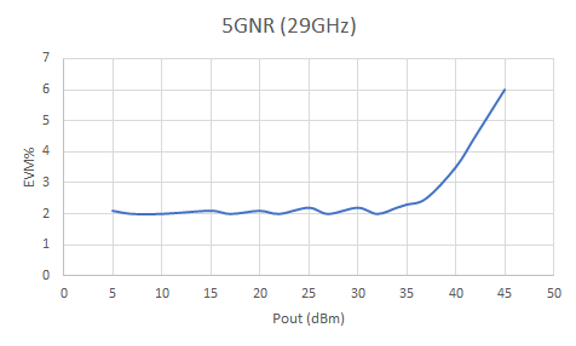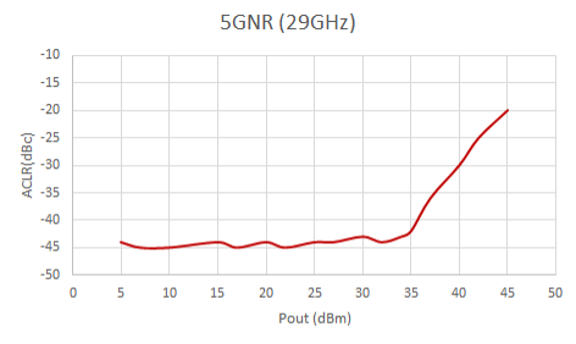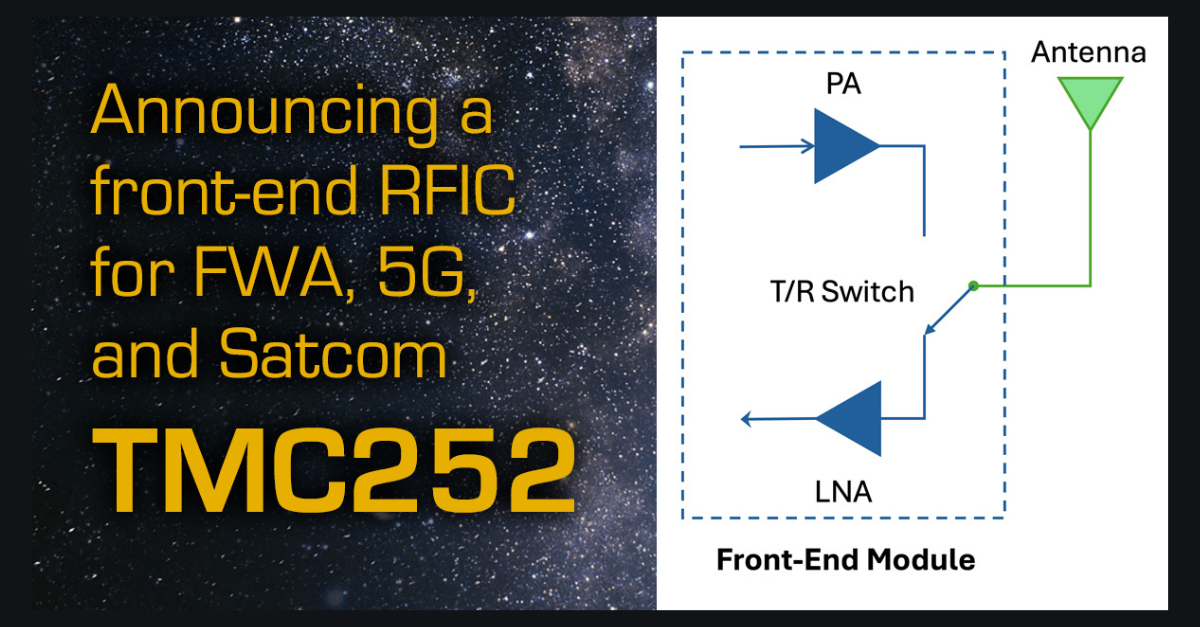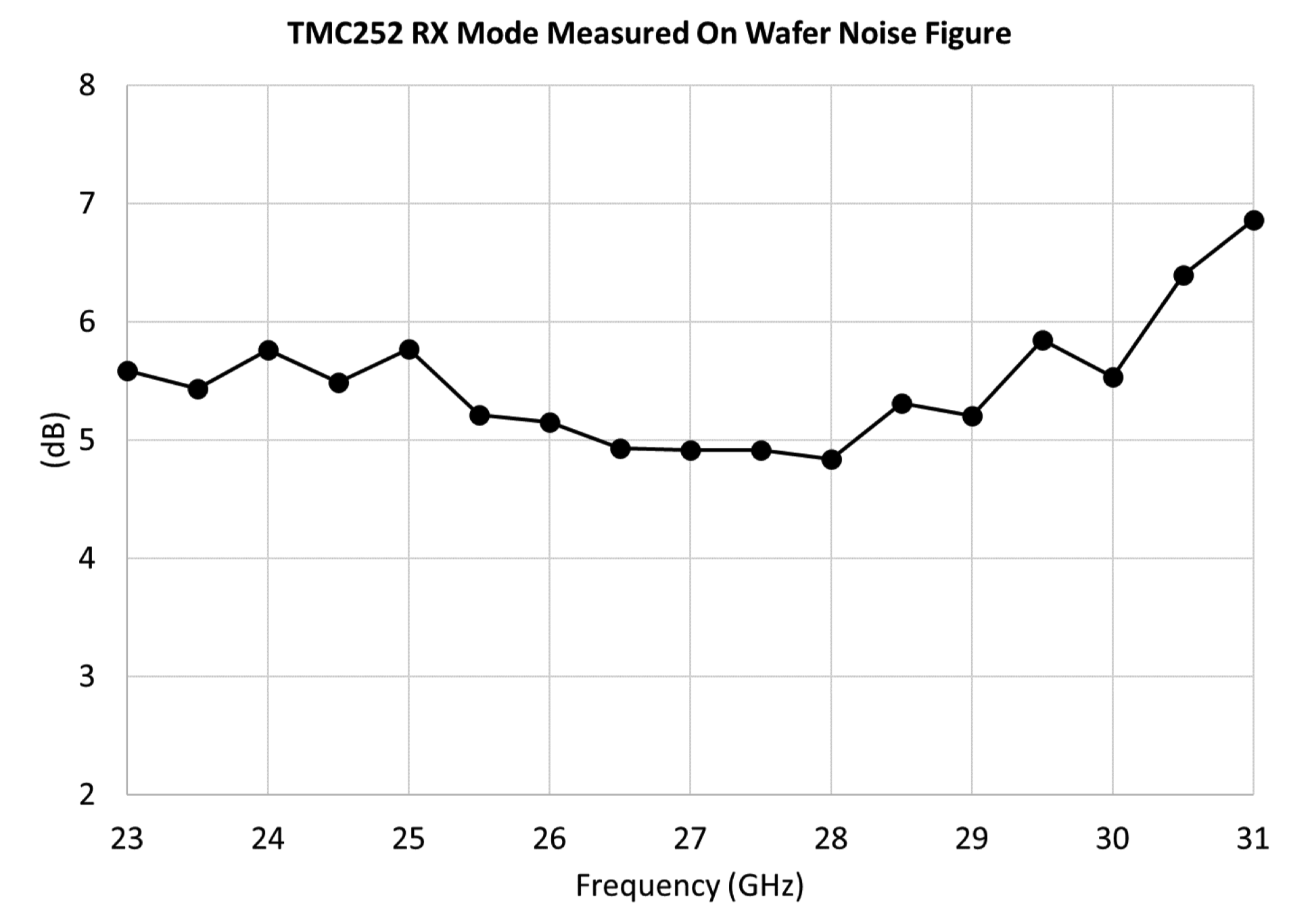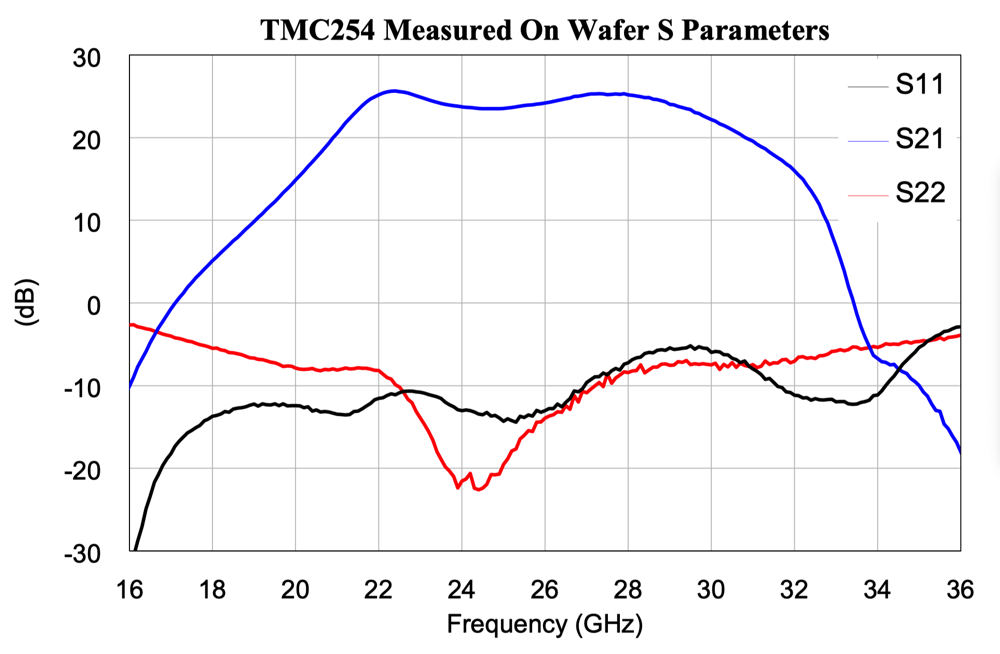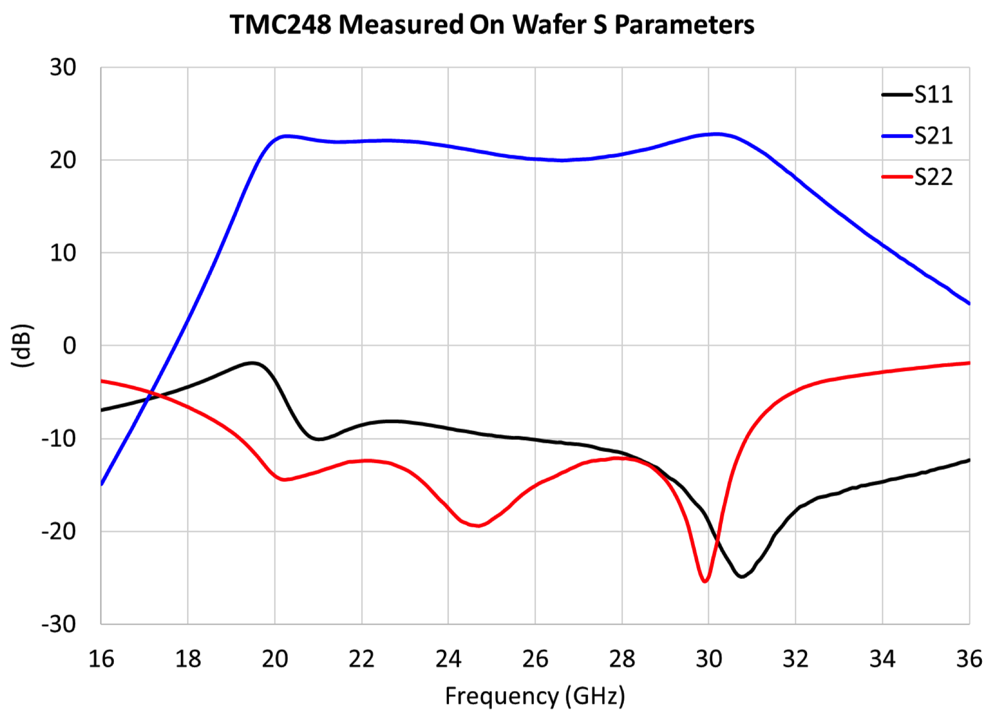— 25 to 29 GHz Frequency Coverage
— Solutions for +57 and +63 dBi EIRP
— Supports 400 MHz Channels and 2048-QAM Modulation
mmTron has developed a full IF to antenna solution for 25 to 29 GHz fixed wireless access (FWA) systems, offering two solutions that combine high power (EIRP) and high linearity to enable high data rates for broadband internet access.
The global demand for broadband is fueling the rapid growth of FWA as a cost-effective and easily deployed network for service providers. The mmWave spectrum at 24 GHz and above is increasingly being tapped to ensure sufficient network capacity to provide users with consistently high data rates.
Maximizing the distances between FWA radio nodes requires high power, and maximizing the data rate requires high linearity. The greater the power and linearity, the longer the range and the greater the data rate for the network.
mmTron has developed two transceiver bundles for 25 to 29 GHz FWA systems that support +57 dBi and +63 dBi EIRP transmitters, respectively. These power levels enable operators to extend the reach between radios and reduce the capital cost of the radio access network.
Both transceivers are full duplex that support up to 400 MHz channel bandwidth and 2048-QAM modulation across the full frequency band. A typical dual-polarized FWA radio will use two bundles.
+57 dBi EIRP Solution
The first transceiver solution combines mmTron’s TMC178 and TMC165 in a two-chip bundle (part number TMC178165) to achieve +57 dBi EIRP. Key specs are
— RF Frequency Range: 25–29 GHz
— IF Frequency Range: 5–7 GHz
— LO: 6–8 GHz, 0 dBm Input Drive
— Transmit Output Power: 29 dBm
— Transmit Gain from IF to the Antenna Port: 25 dB
— Built in Transmit Output Power Detector
— Receive Noise Figure: 3.5 dB
— Receive Gain from the Antenna Port to IF: 25 dB
— Only Positive Bias Voltages: +6 and +3 V
The TMC178165 supports full-duplex TDD operation, as the architecture has switches on both the antenna and mixer sides. The switches are controlled with standard control signals.
+63 dBi EIRP Solution
The second transceiver solution combines mmTron’s TMC178, TMC169, and TMC252 in a three-chip bundle (part number TMC178169252) that achieves +63 dBi EIRP. The higher power is achieved by adding a GaN power amplifier, the TMC252. The key specs for the TMC178169252 are
— RF Frequency Range: 25–29 GHz
— IF Frequency Range: 5–7 GHz
— LO: 6–8 GHz, 0 dBm Input Drive
— Transmit Output Power: 37 dBm
— Transmit Gain from IF to the Antenna Port: 25 dB
— Built in Transmit Output Power Detector
— Receive Noise Figure: 3.5 dB
— Receive Gain from the Antenna Port to IF: 25 dB
— Bias Voltages: +23, +6, +3, and –4 V
The specs of the two transceiver solutions are the same except for the higher transmit power of the three-chip solution. The TMC178169252 also supports full-duplex TDD operation, with switches on both the antenna and mixer sides.
The ICs in both solutions are in low-cost, 20-pin, 5 mm x 5 mm, plastic overmold QFN packages.
At IMS2024
mmTron will be discussing these FWA transceivers at the 2024 IEEE MTT-S International Microwave Symposium (IMS) from June 18 to 20 in Washington, D.C. If you’re there, stop by mmTron’s booth, 1661. To schedule a meeting at IMS or request more information and preproduction samples, email contact@mmTron.com.





